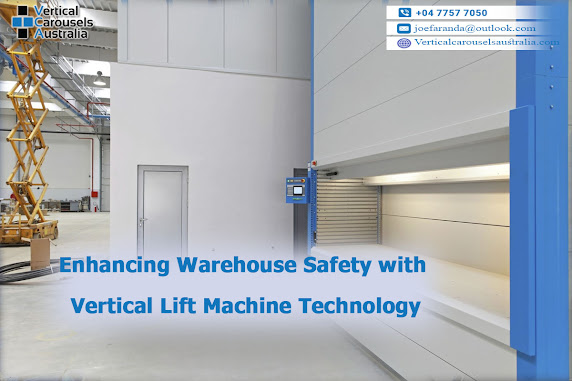In the world of retail, staying ahead of the competition and driving sales requires innovation and strategic thinking. Carousels, often associated with amusement parks, have found a new purpose in the business world. These rotating displays aren't just eye-catching; they can be powerful tools to increase sales and enhance customer engagement. In this article, we'll explore how you can leverage carousels to boost your sales and create a memorable shopping experience.
1. Captivating Visual Appeal:
Carousels for sale offer an immediate visual impact that draws customers' attention. The rotating motion naturally attracts the eye, making your products stand out in a crowded retail environment. A well-designed carousel becomes a focal point, encouraging customers to explore what's on display.
2. Effective Marketing Display:
Consider carousels as dynamic marketing displays. Showcase your featured products, new arrivals, or special offers enticingly. With the ability to display multiple items simultaneously, carousels enable you to communicate various marketing messages effectively.
3. Engaging Customer Experience:
Engagement marketing is all about creating interactive experiences that resonate with customers. Carousels provide an element of interactivity as shoppers physically interact with the rotating display. This hands-on experience fosters a deeper connection to the products.
4. Storytelling through Rotation:
Carousels allow you to tell a visual story. Arrange products in a sequence that tells a narrative or showcases complementary items. This storytelling approach not only informs customers about your products but also keeps them engaged and interested.
5. Boost Impulse Buying:
Carousels capitalise on the concept of impulse buying. As customers are drawn to the rotating display, they're more likely to make spontaneous purchasing decisions. Placing smaller, high-margin items strategically on a carousel can drive additional sales.
6. Showcasing Product Varieties:
If you offer a range of products within a category, carousels for sale can help showcase this diversity. For example, a beauty store could display a carousel of lipstick shades or skincare products, giving customers an overview of the available options.
7. Enhance Customer Retention:
Customers remember experiences that stand out. A well-designed carousel creates a memorable shopping experience that customers are likely to share with friends and family. This positive association with your brand can lead to repeat business and customer retention.
8. Experiment with Seasonal Themes:
Carousels can be easily customised to fit different seasons and themes. During holidays or special events, adapt the carousel's content to align with the occasion. This dynamic approach keeps your store fresh and relevant.
9. Complement Online Efforts:
Carousels for sale aren't limited to brick-and-mortar stores. You can extend their impact on your online presence as well. Create virtual carousels on your website or social media platforms to showcase products and engage online shoppers.
Conclusion
Carousels have evolved from amusement park attractions to powerful tools for increasing sales and customer engagement. Their visual appeal, marketing potential, and interactive nature make them valuable assets in the retail arsenal. By strategically incorporating carousels into your store's layout, you create an immersive shopping experience that resonates with customers and drives sales. As you explore the possibilities of carousels for sale, remember that their impact goes beyond just displaying products – they have the potential to transform your store into an engaging and thriving retail environment.


